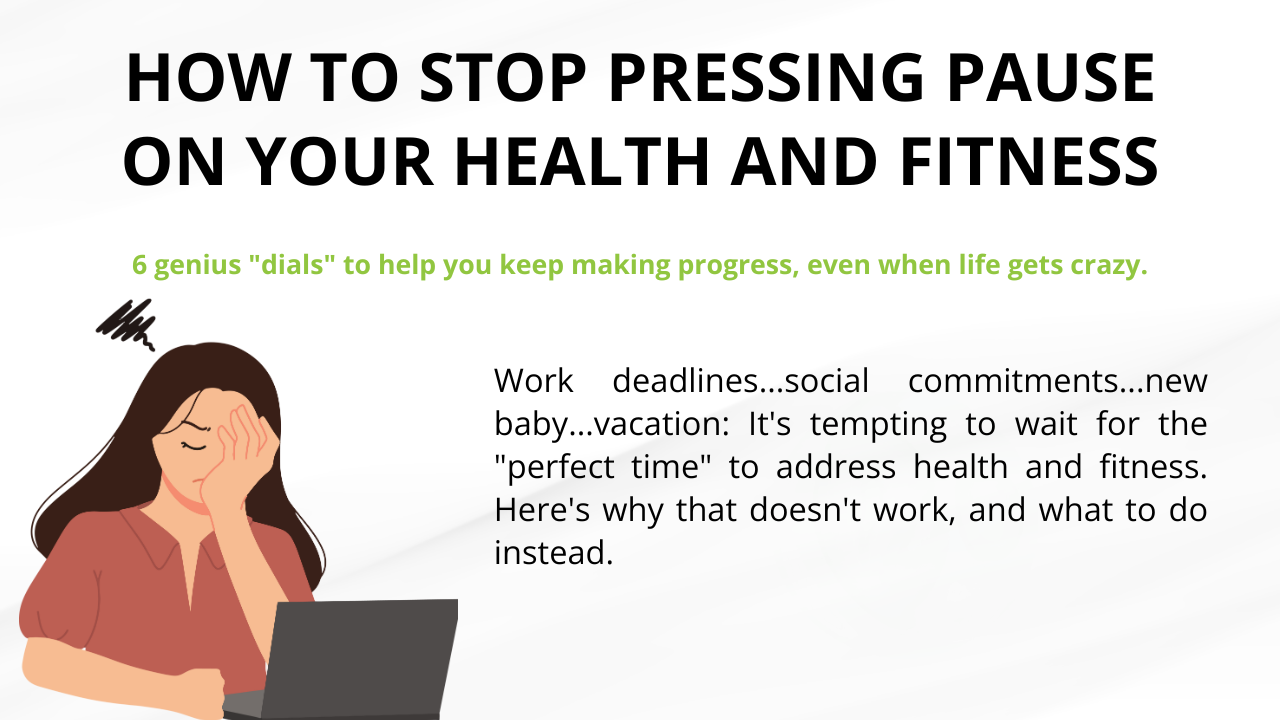This is a phenomenal article published by CrossFit (Author- Andrea Nitz) on training during pregnancy. We are sharing it in the Author’s own words.
This is Part- 2 of the Article.
How should you adjust your workouts to deal with these changes?
Well, there’s a general answer and a specific answer.
The general first: Each woman’s body and pregnancy and motivation are different, and the same guidelines will not apply to everyone. At the CrossFit Mom website, the information is for a very broad range of people and abilities with workouts scaled accordingly. How you choose to work out during your pregnancy is up to you, but I cannot tell you how important it is to listen to your body.
Now, the specific answer: How hard and long you do your CrossFit workouts depends on if and how hard and long you were doing CrossFit before you become pregnant.
If you are just starting CrossFit, and are, or are soon to be pregnant, you should proceed with extreme caution. You should use light weights and low reps. And this is not the time to ramp up the intensity. What they need is to maintain strength, stamina and flexibility, gain only the necessary weight, and prepare themselves for childbirth.
On the other hand, if you’re a long-time CrossFitter, your programming will be different. You will be able to do most workouts for 4-6 months into the pregnancy, depending on the individual. There are a few things to consider, but again, go by what your body tells you. If it feels weird, painful or uncomfortable, don’t do it.
Dial down the intensity with the “talk test”
True or False?
- Don’t lie on your back after the first trimester.
- Don’t do anything inverted.
- Don’t let your heart rate go above 140 bpm.
These are the three most common warnings about exercise and pregnancy, but only half of them are true.
Here’s the math:
The first one is true. After four months or so, the baby has grown enough that lying on your back will put pressure on the vena cava (major veins that return blood to the heart). This can reduce blood flow and oxygen to the baby, and can make you very dizzy and lightheaded. This happens to most, but not all moms.
The second one is half-true. I have not found any research to show that the act of being inverted is actually harmful, but because of the increase in blood volume, you could become dizzy and fall.
The third one—avoiding a 140-plus heart rate—is false. Until 1994, the American College of Obstetrics and Gynecology did recommend keeping the heart rate at or below 140 bpm during exercise, in order to maintain a safe core temperature. They revised this guideline when they discovered no evidence of correlation between the two. It turns out that the heart rate doesn’t have anything to do with core temperature, as originally thought.
Common-sense ground rules: Limit potential falls, slow down, and down-scale
Through trial-and-error experimentation and simple logic, I’ve developed a simple checklist that I find myself continually reminding my pregnant clients about:
- Stay hydrated. Even if it isn’t hot, you need to drink a lot of fluids.
- Do not allow your core temperature to get too high (above 102). It can increase the risk of central nervous system abnormalities in your baby.
- Because the relaxin hormone causes the joints to be softer, beware of ballistic and quick lateral movements, and squatting below parallel.
- Cross certain exercises off the list until the baby is born. The no-go list includes the following:
- Heavy or max effort lifts. Too many things can go wrong.
- Back or hip extensions will be ok for a few months, but stay away from GHD sit ups!
- Box jumps, which pose a much higher risk of loss of balance and falling given your new weight distribution, are among the first exercises that will weed themselves out of your workouts.
- Rope climbs and handstand push-ups; they are just not necessary. You can substitute beginner rope climbs or rope pull-ups instead. It is not worth the risk of falling.
Bottom line: Downshift on the highway to health
Keeping fit during your pregnancy increases the chance of giving birth to a fit baby who, studies show, will be more likely to enjoy standout strength, coordination, and general health in his/her early years. It’ll also help you maintain the health and fitness you need to spend a quality life with your child. But be aware that the pregnant body is not the high-performance CrossFit machine you’re used to driving. To protect yourself and your passenger, you don’t necessarily need to get off the fitness expressway. Just downshift out of the fast lane. You’ll be rewarded with a bouncing CrossFit baby who might end up setting the bar for health and fitness for the next generation.
Reference link:





